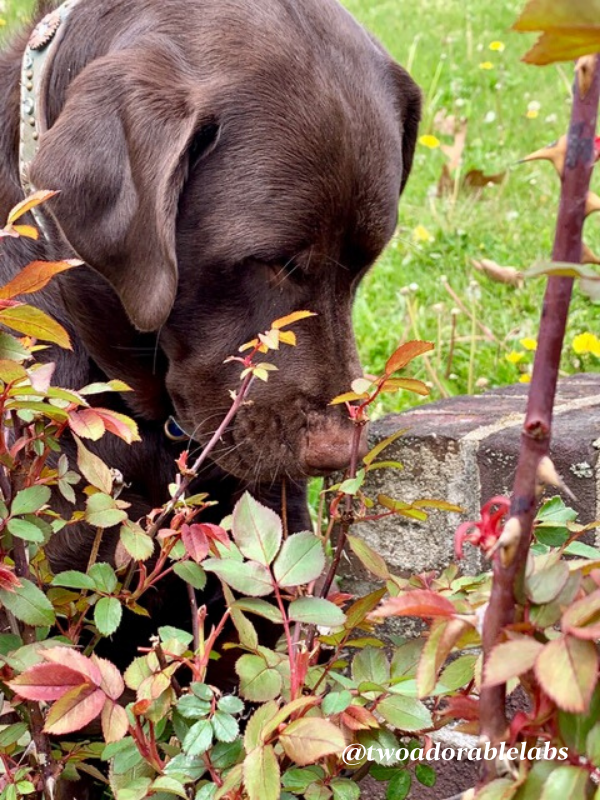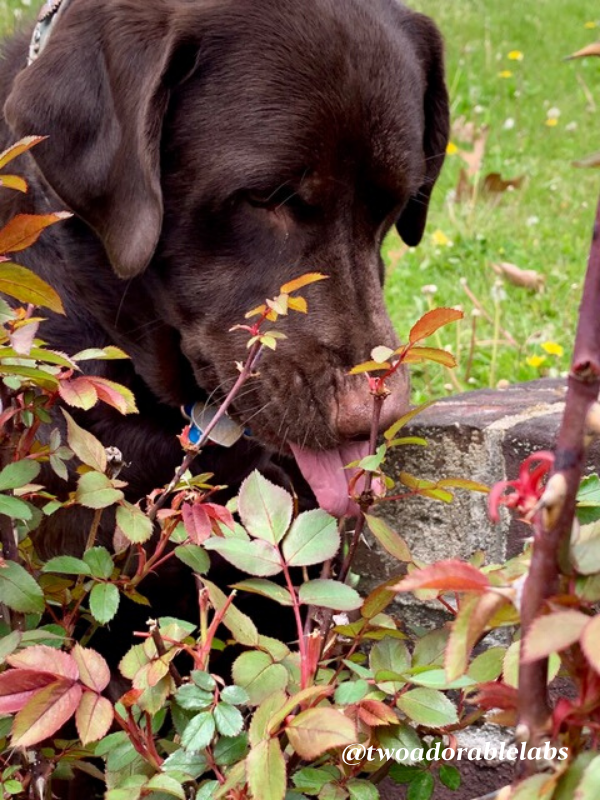How To Protect Your Dog From Venomous Snakes
Did you know that in the US about 90 percent of snakebites occur between April and October? What to do if your pet has been bitten and how to prevent a snake bite.
Stay away from high grassy areas, leaf piles, rocks, caverns; any place that you would know a snake would make its home
Should your dog get bitten by a snake, walk − do not run − away from it
Do not attempt to kill the snake, but make a note of what it looks like, if possible. Veterinarians know of their local population of venomous snakes, and identification is not always essential
Immediately make your way to the nearest veterinarian
Do not give your dog any over-the-counter medications, and avoid ice, hot/cold packs, sprays, incisions, suctioning, and tourniquets. The signs and symptoms that develop often will guide your veterinarian to the appropriate therapy
Consider a vaccination against poisonous snakes
Keep your dog on a short leash during walks
Stay on the trail
Keep your yard clean and your grass short
Keep wood piles away from your house to avoid mice making their home and snakes looking for food and hiding places
Train your dog to come to you when he sees a snake and provide high quality treats when training
If you hear a rattler do not go towards it. Go the opposite direction
Do NOT let your dog play with a dead snake. It may be dead, but the venom stored in its body is as toxic as ever. If your pup accidentally chewed into the venom it would be no different than if they had been bitten
Do not give any medications at home, including things like Benadryl, without first consulting your veterinarian
Do not make a tourniquet or try to suck the venom out
Prophylactic antibiotics are typically not prescribed, since the risk of infection from a snake bite is less than 1 percent. Steroid medications or non-steroidal anti-inflammatory (NSAID) pain medications are also not usually involved in treatment of a snake bite, as they have a high risk of side effects and no documented treatment benefit
Snake bites are very common in dogs and less frequently seen in cats

Know the difference between a venomous and a non-venomous snake:
The summer heat fosters conditions that snakes love. Dry, arid conditions allow snakes to thrive, and/or drive them into the comfort of your yard or home.
It’s also important to note that not all snakes are venomous. A good rule of thumb for identifying a venomous snake is whether it has a pronounced jaw that makes the snake’s head look like an arrowhead. That’s because the venom sacks are lodged in the snake’s jaw which causes it to stick out. Non-venomous snakes have round-shaped heads due to the lack of venom sacks.

If you think your dog has been bitten and is experience these symptoms, get to a vet immediately.
• Swelling
• Bleeding
• Signs of pain
• Shortness of breath
• Low blood pressure
• Weakness
• Dead tissue surrounding wound
ASPCA Animal Poison Control Center Phone Number: (888) 426-4435
The ASPCA Animal Poison Control Center (APCC) is your best resource for any animal poison-related emergency, 24 hours a day, 365 days a year. If you think your pet may have ingested a potentially poisonous substance, call (888) 426-4435. A consultation fee may apply.
Are you a veterinarian or animal healthcare professional? See the APCC’s Veterinary Resources page for more information.

Know where venomous snakes live:
When I lived in MO, I talked to our vet about what venomous snakes were prominent in our area and was told to be very careful walking close to the river as water moccasins make their homes along the water line
In the US, rattlesnakes are found across the country, while coral snakes are found primarily in Arizona, Texas, and Florida.
Copperheads and water moccasins are found in Eastern and Central U.S., and their bites are the most common due to their proclivity for living near humans.

You Might Also Like
Help Jasmine Get Adopted!
Jasmine A sweet pitbull named Jasmine is sitting at the Hancock County Animal Shelter waiting for adoption. My cousin adopted Jasmine from this shelter two years ago. Sadly, my cousin passed away recently, and the police were instructed to take Jasmine directly...
Air Quality & Pets: How To Stop Your Home From Getting Musty & Smelly
As absolutely amazing as a pet is, you can’t deny that they may give your home a certain odor. You know what we’re talking about; there’s a mustiness that comes with having a pet, which can make the quality of the air feel almost thick and a bit harder to breathe in....



A good and timely blog. We had a snake in the wood pile last year and found one in our canoe. We have cut down all the tall grass around our lake place. Gotta keep an eye out!
Thank you. Yes, keep an eye out!
Very informative article on snakes and keeping our beloved animals safe from them. Great job! Keep up the good work!
Thank you! Our neighbor created a wood pile next to our property line last year and as I was standing out in the yard yesterday looking at it while the dogs played and jumped around, I kept thinking about snakes making their home there! It prompted me to write this blog.